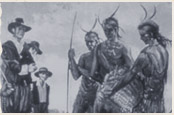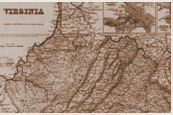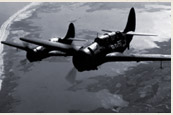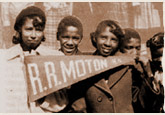Geneva Convention (1929)
Yale University Law School: The Avalon Project
Geneva Convention (1949)
Yale University Law School: The Avalon Project
Description: This resource presents paired texts of the Geneva Conventions Relative to the Treatment of Prisoners of War, one written and ratified in 1929 and the other in 1949. A comparison of the two documents gives students the opportunity to think about what may have occurred during World War II that was not foreseen or taken into account by the treaty-makers of the 1920s. These documents also allow students to reflect upon how the conduct of war usually mirrors the social and moral codes of a nation (or group of nations).
Teaching Tips:
"Do Now" Suggestion
- The teacher can ask students to hypothesize about how they think the Geneva Convention relating to the treatment of prisoners might have changed from the Convention in 1929 to the Convention in 1949, based on the events of WWII. The teacher could also ask how students think about how a convention, held today, would differ. This exercise could be done in an informal journal, a discussion, or a think-pair-share.
- Both of the documents are cumbersome, therefore it might be beneficial to break up the documents according to issues and assign students to a particular issue to investigate. Possible ideas for issues include: 1) treatment of prisoners based on race, ethnicity, etc. 2) provisions for prisoners held in camps 3) religious practices of POWs 4) labor of prisoners (these are just a few suggestions). The ultimate goal could be a PowerPoint or poster presentation for the class, which compares the 2 conventions treatment of the issue and suggests ideas for the change in the treatment. Because these documents are best suited for high-ability readers, the teacher could also have the assignment be a research paper, discussing the change in the language of the documents concerning one or more issues. In this case, the links to the Geneva Conventions would only be a segment of the students' research, and they would have to find their own resources to expand their paper.



